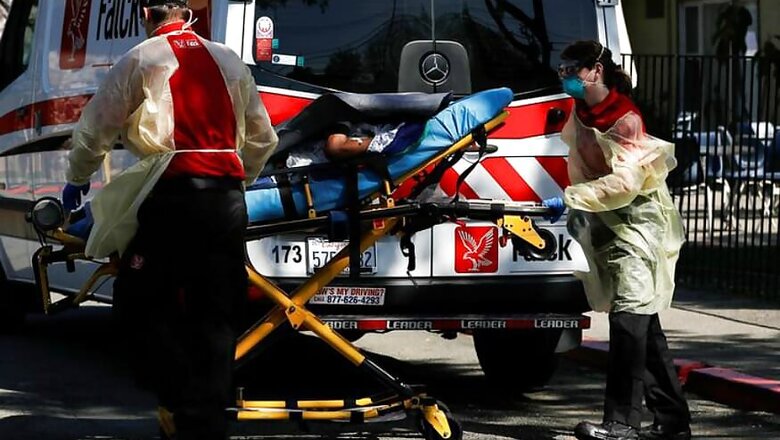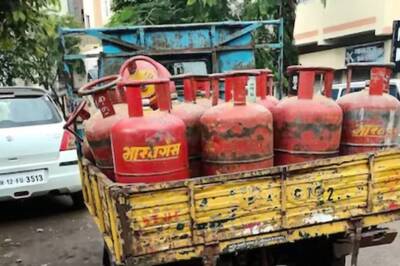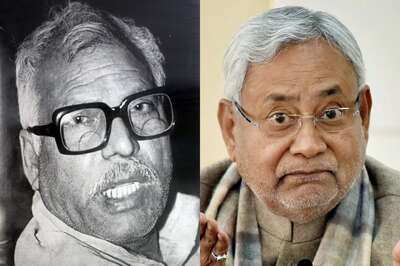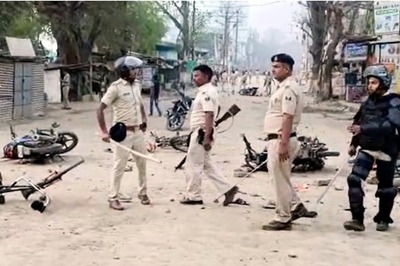
views
Washington: The true number of COVID-19 cases in California's Silicon Valley is at least 50 times higher than the official figure, according to a preliminary study that took blood samples from a group of residents and tested them for viral antibodies.
Stanford researchers used Facebook to recruit 3,300 volunteers from Santa Clara County and estimated that between 2.5 to 4.1 per cent of the population had been infected, which is 50 to 85 times higher than the number of confirmed cases.
"Our data imply that, by April 1 (three days prior to the end of our survey) between 48,000 and 81,000 people had been infected in Santa Clara County. The reported number of confirmed positive cases in the county on April 1 was 956," the authors wrote in a paper that has not yet been peer reviewed but was posted to a preprint website on Friday.
This would make the real mortality rate of the disease less than 0.2 per cent.
Our immune systems produce antibodies to fight off infection, and the presence of these proteins therefore show that a person once had a disease, even if they were unaware because there were no symptoms.
Antibodies might confer partial or full immunity against reinfection, but how strong the immune response is and how long it lasts are still unknown for the new coronavirus.
Limitations of the study included that white women were overrepresented in a heavily Hispanic region, and the team had to adjust the raw data to make the sample representative of the local population.
But the authors, including Eran Bendavid and Jay Bhattacharya, believe their study offers a proof of concept for future surveys.
The tests, known as serological tests, used skin pricks to take blood samples.
These tests have only recently entered the market. The other type of test looks for the presence of the virus and is usually taken from the back of the nose using a swab.
So-called serological surveys are being launched across the United States and the rest of the world on a much larger scale, with the aim of determining the true spread of the disease and how many people remain likely to be infected.
The results will inform public health authorities' response as they decide when and how to ease lockdowns.




















Comments
0 comment